Some drawings, the RAIN practice and books for children
“Our words, our deeds, our very presence in the world, create and leave impressions in the minds of others just as a writer makes impressions with his pen on paper, the painter with his brush on canvas, the potter with his fingers in clay. The human world is like a vast musical instrument on which we simultaneously play our part while listening to the compositions of others. The creation of ourself in the image of awakening is not a subjective but an intersubjective process. We cannot choose whether to engage with the world, only how to. Our life is a story being continuously related to others through every detail of our being: facial expressions, body language, clothes, inflections of speech— whether we like it or not.” Stephen Batchelor (1998)
“If each of us can learn to relate to each other more out of compassion, with a sense of connection to each other and a deep recognition of our common humanity, and more important, to teach this to our children, I believe that this can go a long way in reducing many of the conflicts and problems that we see today.” Dalai Lama
Today’s post contains some new drawings, a description of RAIN, a psychological tool or meditation practice that I have often engaged with myself, and some suggestions for children’s books.
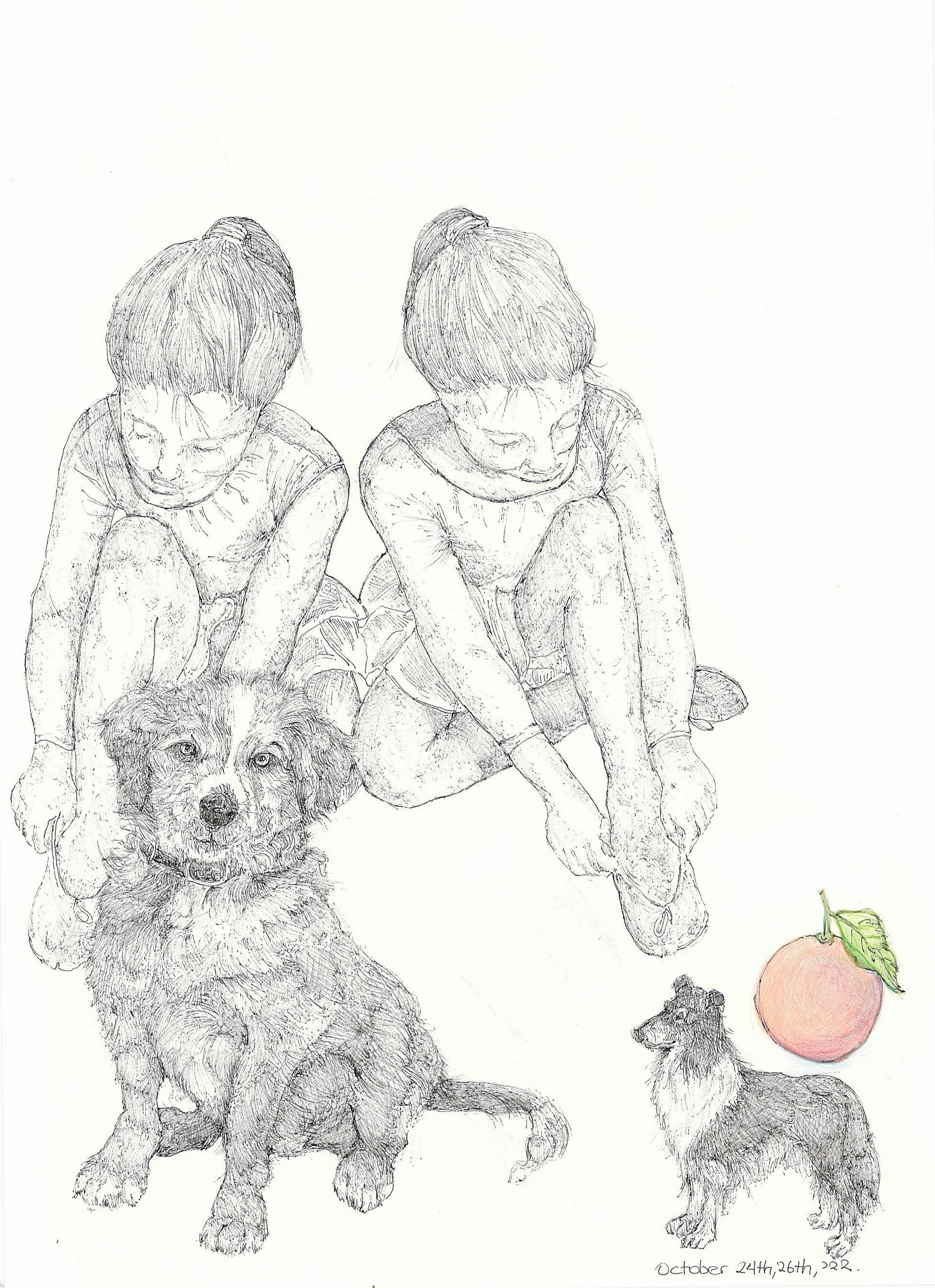
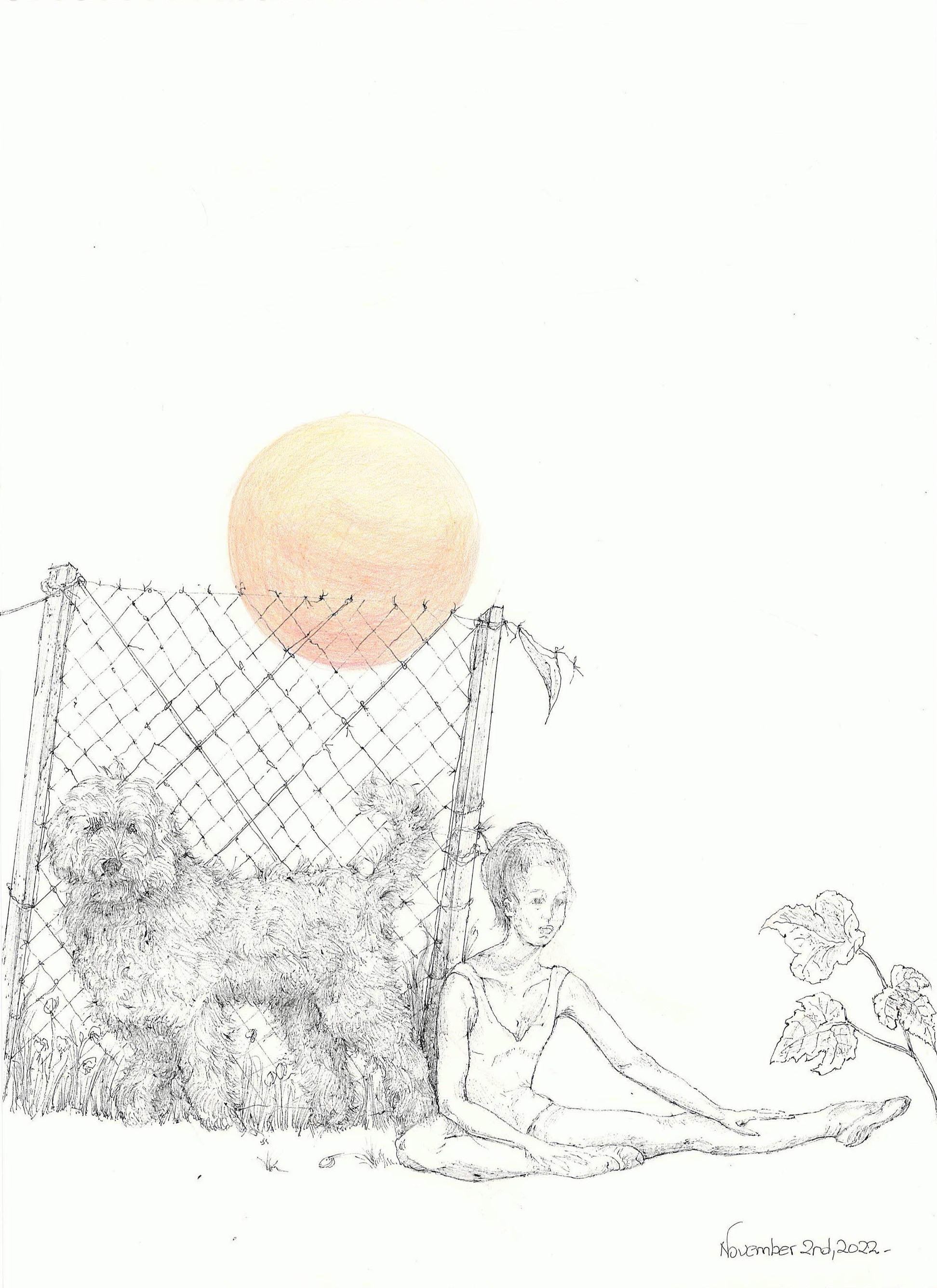
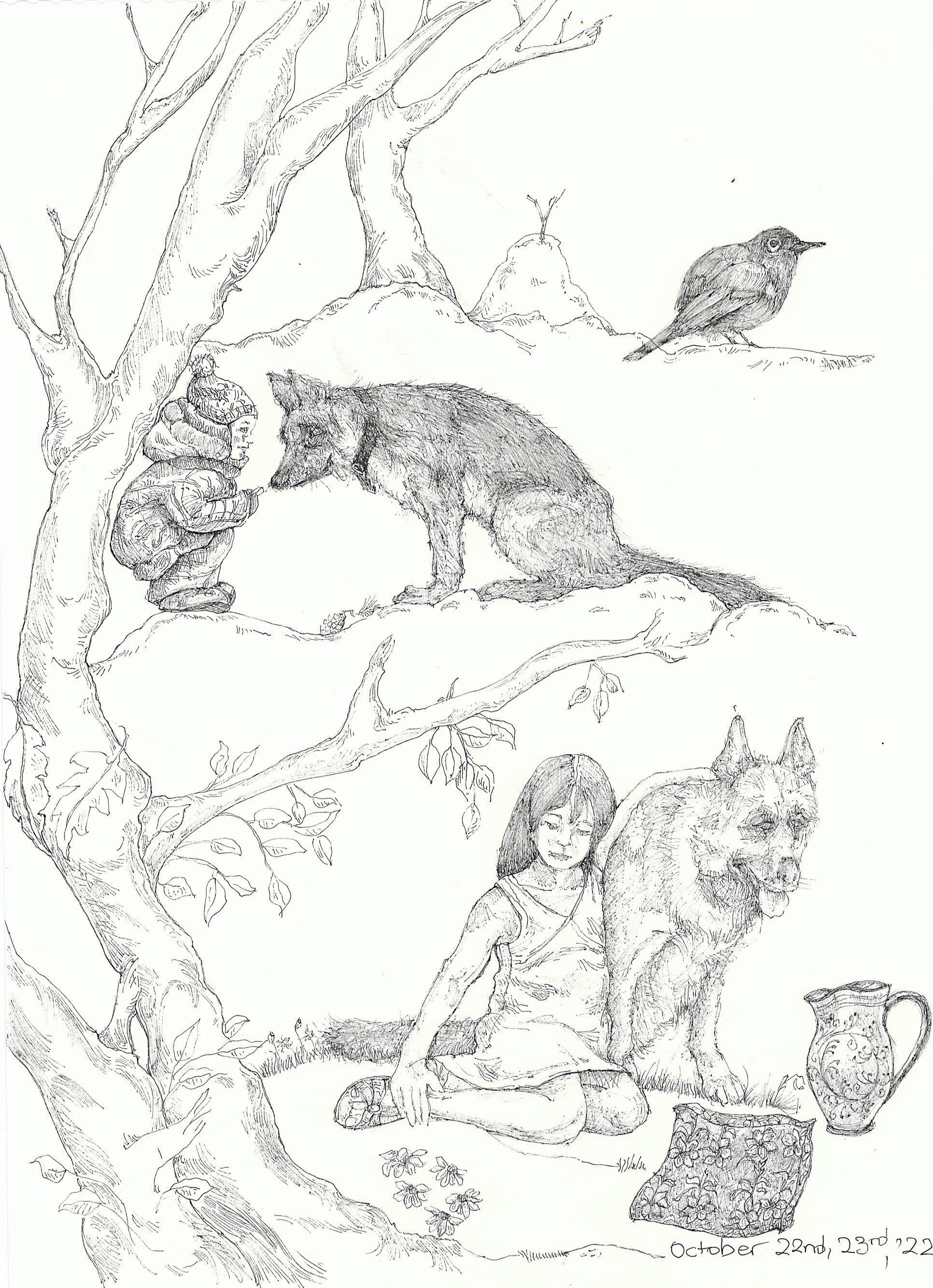
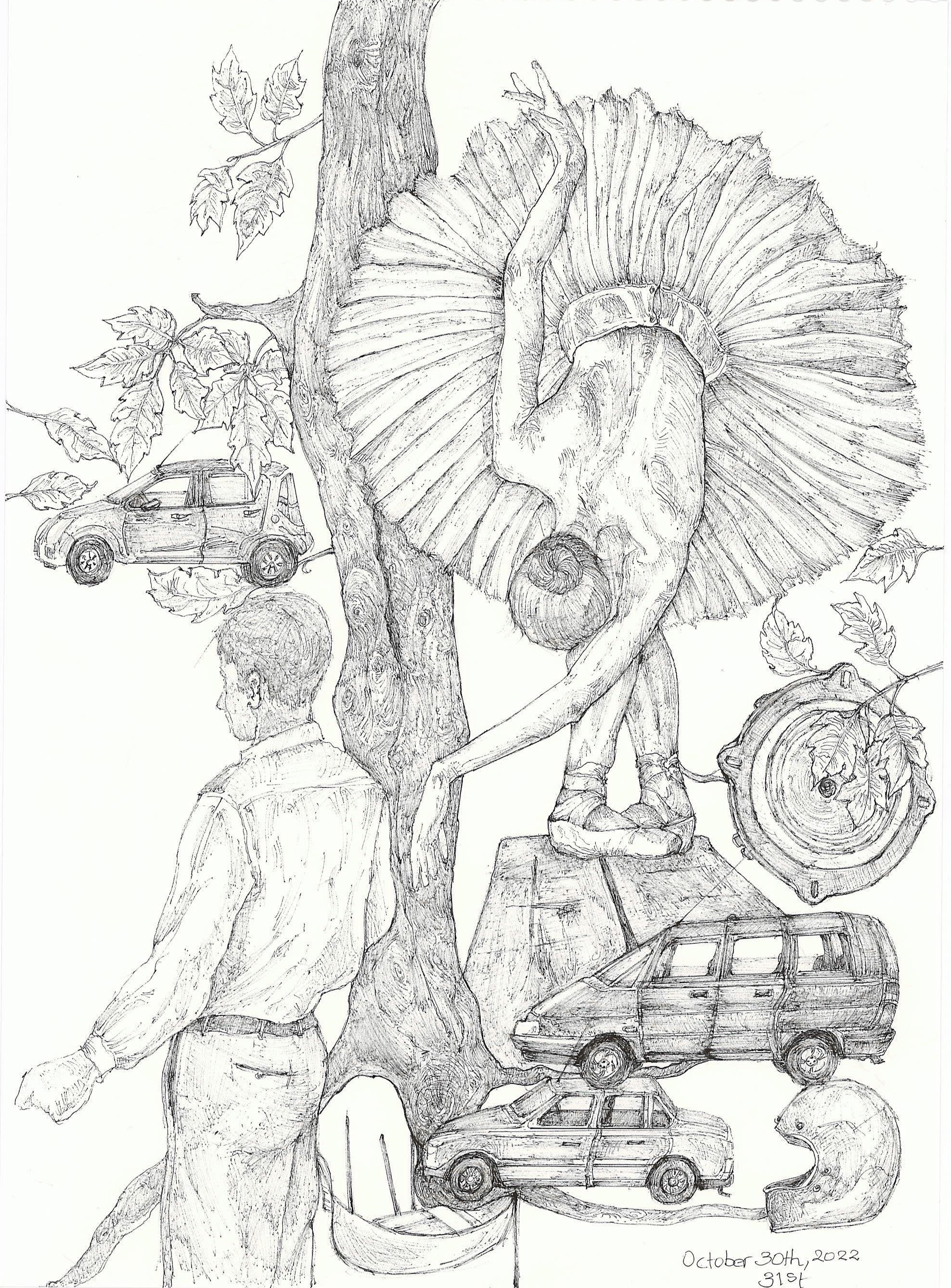
RAIN
The RAIN practice was adopted and adapted by Tara Brach, a clinical psychologist, meditation teacher and writer. She explains that RAIN is a tool for bringing both mindfulness and compassion to emotional difficulty, but one can explore RAIN as a stand-alone meditation. It involves training our mind to notice and regard with compassion what is happening..
R stands for recognise. So this first step involves becoming aware of what is happening, acknowledging thoughts, feelings or behaviors that are affecting us.
A stands for allow. Letting the thoughts, feelings or behaviors be there without judging, avoiding or trying to change anything, simply accepting whatever is there. Tara Brach says allowing makes it possible to deepen attention.
I stands for investigate. With curiosity and compassion we feel into our body to see where the feelings and sensations are stronger and we sense what is needed or is being asked for right now. Questions that might facilitate the process might be: What most wants attention? How am I experiencing this in my body? What are my thoughts about this? What does this vulnerable place most need?
N stands for nurture. We are caring and tender towards our self. Tara Brach writes: “Self-compassion begins to naturally arise in the moments that you recognize you are suffering. It comes into fullness as you intentionally nurture your inner life with self-care. To do this, try to sense what the wounded, frightened or hurting place inside you most needs, and then offer some gesture of active care that might address this need. Does it need a message of reassurance? Of forgiveness? Of companionship? Of love?”
Books
I like children’s books and I’ve on and off collected them since my son was born and maybe even before that. During his early childhood and school years I worked in the afternoons and evenings, so bed time reading allowed time for connection and a way to seal the day with love and reading books during the weekends allowed us to explore ideas and talk about things or engage in art projects.
Five book suggestions for children (and adults).
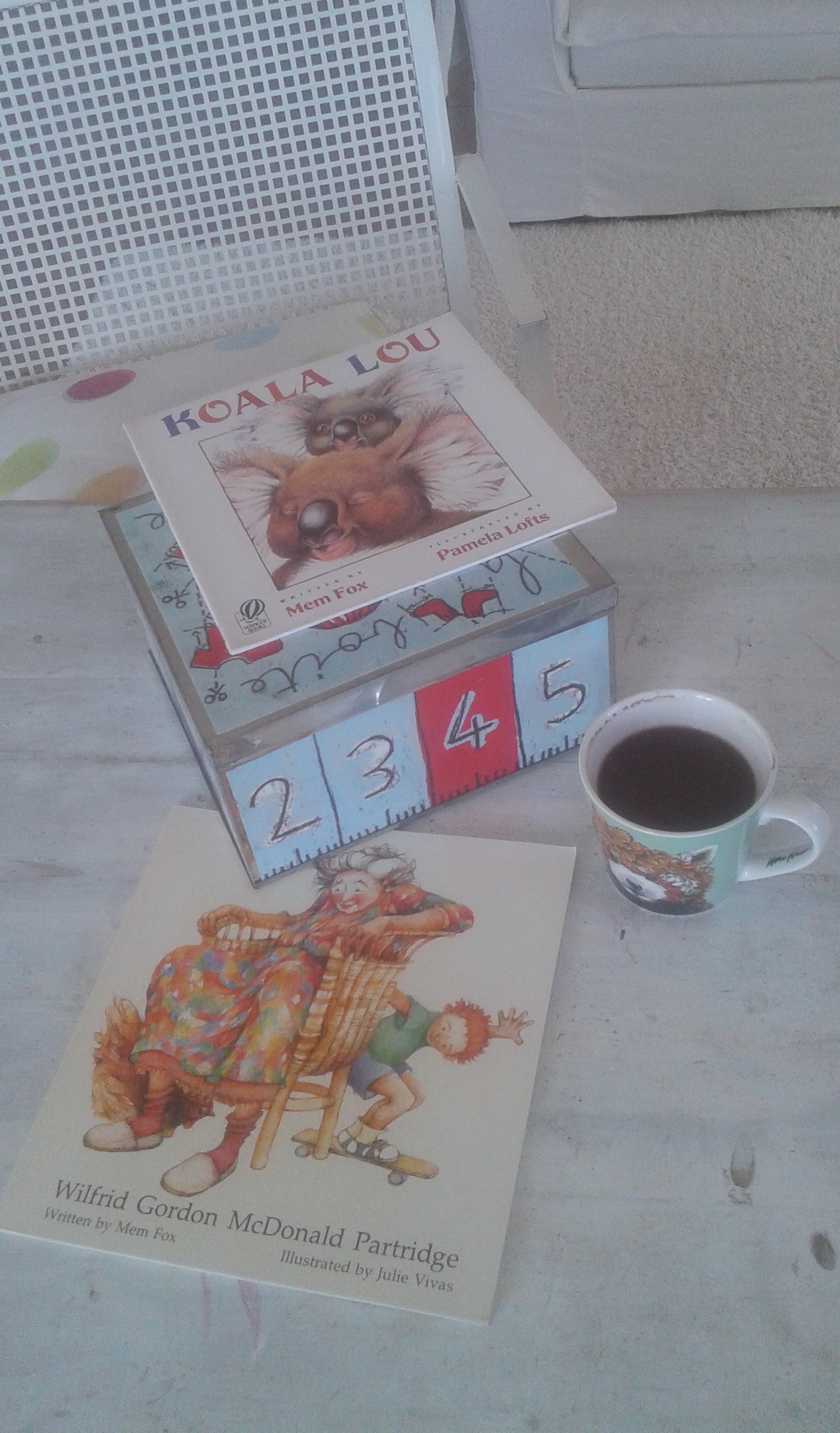
Two books for very young children by Australian author Mem Fox: Koala Lou and Wilfrid Gordon McDonald Partridge.
In Koala Lou the writer explores the need for unconditional love that all young ones need from their parents in order to thrive. To love unconditionally means that parents accept their children without restrictions or stipulations. There are no spoken or unspoken messages that cause children to feel or think they have to be something other or better in order to be loved.
Wilfrid Gordon McDonald Partridge is a book about a little boy who gets to know all the people living in an old people’s home next door to his house. One day he finds out that one of the ladies there has lost her memory and he sets out to find out what memory is so that he can help his friend.
The other two books are about ways to talk to children about death. Recently an old friend and neighbour passed away and one of the things that immediately crossed my mind when I heard the news was how difficult this would be for his young granddaughter. The little girl lives above her grandparents’ house and was accustomed to seeing her grandfather every day. This brought to my mind a little book written by Leo Buscaglia’s in 1982: The Fall of Freddie the Leaf (A Story of Life for All Ages), which as he writes is “dedicated to all children who have ever suffered a permanent loss, and to the grownups who could not find a way to explain it.”
 “Will we all die?” Freddie asked. “Yes,” Daniel answered. “Everything dies. No matter how big or small, how weak or strong. We first do our job. We experience the sun and the moon, the wind and the rain. We learn to dance and to laugh. Then we die.”
“Will we all die?” Freddie asked. “Yes,” Daniel answered. “Everything dies. No matter how big or small, how weak or strong. We first do our job. We experience the sun and the moon, the wind and the rain. We learn to dance and to laugh. Then we die.”
Another beautifully illustrated book to help explain death to children is Lifetimes: The Beautiful Way to Explain Death to Children by Bryan Mellonie.
“There is a beginning and an ending for everything that is alive. In between is living.”
Finally, a book for older children (and adults), a book that perhaps my eleven year old self would have enjoyed and would have been moved by, is Goodnight Mister Tom by Michelle Magorian. The story reveals to us the horrors of war, the senseless destruction and untimely deaths, the reality of dire poverty, suffering and abuse, and the redeeming power of love, kindness, nature and community. It’s a good film to watch, too.
The story takes place in Britain during World War II. Young children are being sent from their homes in the city to the countryside for safety. Undernourished, timid, eight-year-old Willie Beech is sent to stay with Mister Tom a gruff but gentle man in his sixties, who is mourning a deep loss of long ago. Together they will go on a journey that will heal them both and lead to a strong bond, despite their differences.
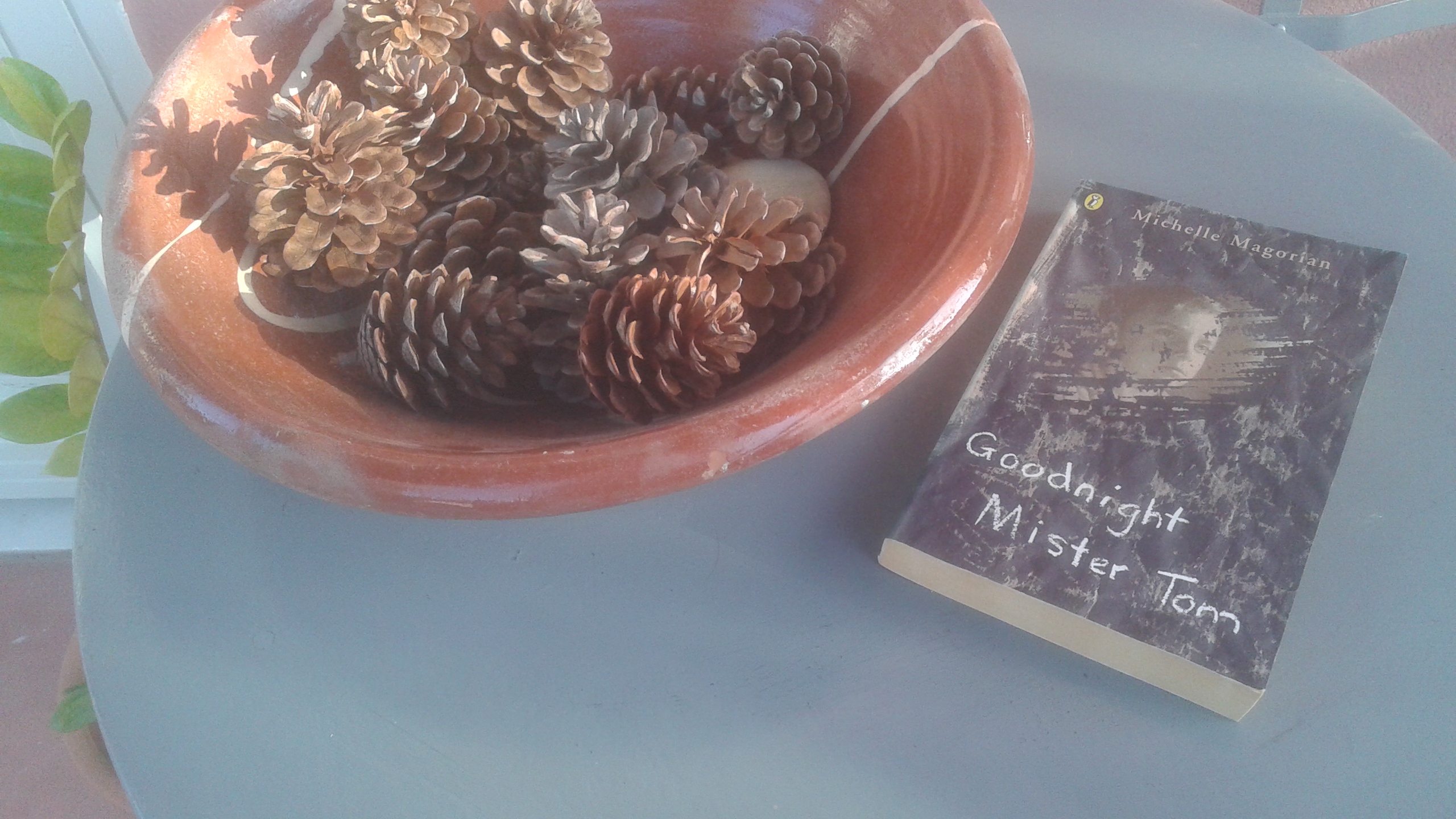
“It occurred to him (Willie) that strength was quite different from toughness and that being vulnerable wasn’t quite the same as being weak. He looked up at Tom and leaned forward to his direction. “Dad”, he ventured. “Yes” answered Tom putting down his library book. “What is it?” “Dad,” repeated Will in a surprised tone. “I’m growing.”
